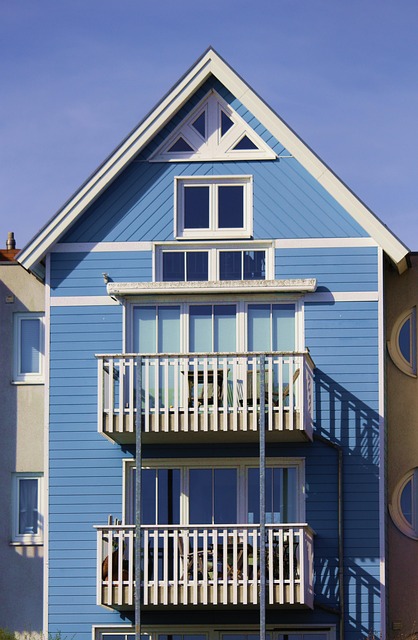Bungalows: Design, Use, and Coastal Vacation Appeal
Bungalows are single‑story homes that have long been associated with relaxed living and straightforward layouts. Found in urban neighborhoods and along shorelines, they suit a range of uses from year‑round residences to short‑term beach vacation rentals. This article explains how bungalow design, location, and amenities connect with coastal and oceanfront living, and what to consider when choosing or maintaining one.

What defines a coastal bungalow?
A coastal bungalow typically blends the basic bungalow form—one level, low profile, and accessible—with features adapted to seaside climates. Common elements include raised foundations or pilings to address tidal or flood risk, large porches or verandas for outdoor living, and durable materials resistant to salt air and moisture. While the core bungalow layout emphasizes open flow between living spaces, coastal variants often prioritize cross‑ventilation and shaded outdoor areas to maximize comfort in sunny, humid conditions.
How a bungalow fits a beach vacation
Bungalows are popular choices for beach vacation rentals because their single‑level design simplifies movement between indoor and outdoor spaces. Guests appreciate easy access to terraces and gardens, and the homey feel of a bungalow supports longer, more relaxed stays. Many coastal bungalows offer direct paths to the sand, landscaped dunes as privacy buffers, and outdoor showers for rinsing off after ocean swims. For owners converting a bungalow into a vacation rental, consider durable flooring, flexible sleeping arrangements, and clear information about local services and safety (lifeguard availability, parking, and waste collection).
How bungalows maximize ocean views
Although bungalows are low in height, designers use several strategies to capture ocean views. Orienting living areas and master bedrooms toward the water, elevating the structure on stilts, and adding larger windows or clerestory glazing can increase sightlines without altering the single‑story character. Expansive porches and roof overhangs create shaded observation points for sunrise or sunset viewing. Landscaping also plays a role: positioning low‑growing native plants between the house and shoreline keeps views intact while stabilizing dunes and reducing erosion.
Choosing a bungalow: coastal features to consider
When selecting a bungalow for coastal living, evaluate both structural and site considerations. Look for corrosion‑resistant fasteners, rot‑resistant siding, and HVAC systems sized for humid air. Flood elevation and storm surge history for the lot are essential—verify local flood maps and building codes. Accessibility and parking matter if you plan to host vacation guests; proximity to local services and emergency routes is important. Energy efficiency measures—insulation, appropriate shading, and efficient water heating—help reduce operating costs in climates where cooling is the primary demand.
Maintaining a bungalow near the ocean
Maintenance near the ocean requires a proactive approach to salt spray, humidity, and wind. Regularly inspect and replace rusted hardware, treat and repaint exposed wood every few years, and clean gutters and vents to reduce moisture buildup. HVAC filters may need more frequent replacement, and dehumidifiers can protect interiors from mildew. Landscaping with native, salt‑tolerant plants reduces irrigation needs and helps control erosion. For renters or owners using local services for upkeep, choose contractors experienced with coastal properties to ensure materials and methods suit the environment.
Practical considerations for owners and local services
Owners and managers of bungalows in coastal areas should be aware of permitting, insurance, and neighborhood regulations that can affect use and maintenance. Local services such as coastal engineers, marine construction firms, and contractors familiar with elevated foundations can provide specialized assessments or retrofits. If you plan to list a bungalow as a vacation rental, research short‑term rental rules in your area and confirm waste removal and utility connections can handle peak occupancy. For longer‑term ownership, join local homeowner groups or community resilience initiatives that address storm preparedness and shared shoreline management.
Coastal bungalows offer a distinctive mix of casual living and connection to the ocean. Their single‑story form and adaptable outdoor spaces make them well suited to beach vacation stays as well as permanent residences, but choosing and caring for a bungalow by the sea requires attention to materials, elevation, and local conditions. Thoughtful design and maintenance can extend a bungalow’s lifespan and keep it comfortable and resilient in coastal environments.






